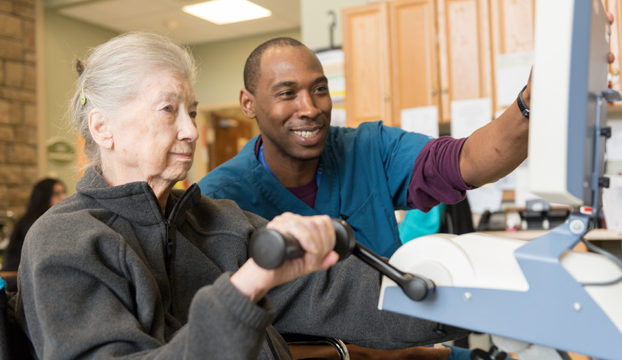Exploring the Varied Techniques of Physiotherapeutic Therapy for Improved Recovery and Rehabilitation
Exploring the Varied Techniques of Physiotherapeutic Therapy for Improved Recovery and Rehabilitation
Blog Article
Physiological rehabilitation is an important discipline that assists people heal from traumas, operations, and various medical issues. It entails a range of methods designed to enhance mobility, reduce pain, and boost general physical function. Physiotherapy therapists are trained experts who assess each patient’s needs and create customized treatment strategies. These plans often include workouts, manual therapy, and instruction about body mechanics. By using these varied approaches, physiotherapy can substantially improve a person’s quality of living.
One frequent technique used in physical is rehabilitative exercise. This includes targeted actions and activities that help strengthen muscles, enhance range of motion, and boost endurance. For example, a client rehabilitating from knee surgery may engage in workouts that concentrate on rebuilding strength in the leg muscle groups. These activities are carefully selected based on the individual’s condition and objectives. By incrementally boosting the difficulty and complexity of the exercises, physical therapists can assist patients regain their strength and mobility over a period.
Another important technique is manual therapy, which comprises physical approaches to manipulate the human body tender tissues and joints. This can involve stretching, mobilization, and manipulation. Hands-on therapy aims to relieve pain, minimize swelling, and enhance circulation. For instance, a therapist may use gentle force to relieve stress in stiff muscles or to assist a joint function more smoothly. This method is often integrated with other therapies to improve recovery and encourage recovery. Clients often consider hands-on therapy to be a relaxing and beneficial way to control their discomfort.
In furthermore to exercises and manual therapy, instruction plays a crucial part in physical. Practitioners teach patients about their conditions and how to manage them efficiently. This may include guidance on correct posture, body mechanics, and strategies to prevent subsequent traumas. For instance, a therapist might show a client how to lift heavy objects properly to avoid injuring their back. By enabling patients with understanding, physical practitioners help them assume an engaged part in their rehabilitation and encourage sustained health and fitness.
Ultimately, technological advancements is increasingly being incorporated into physical practices. Tools such as ultrasound, electrical impulses, and immersive reality can improve traditional therapy approaches. These technologies can assist reduce discomfort, promote recovery, and provide engaging methods for clients to participate in their recovery. For example, immersive environments can create engaging environments for clients to practice actions in a controlled and protected setting. As advancements continues to develop, it offers promising possibilities for enhancing rehabilitation outcomes in physiotherapy.
In summary, physical includes a variety of methods that work together to support rehabilitation and healing. Through therapeutic activities, hands-on treatment, client education, and the application of technological tools, physical therapists provide comprehensive treatment tailored to each individual’s requirements. This holistic method not only assists patients regain their bodily capabilities but also enables them to sustain their well-being in the long-term physical therapy for balance issues run. As an increasing number of individuals acknowledge the benefits of physical, it remains to play a vital part in the pathway toward improved health and fitness.